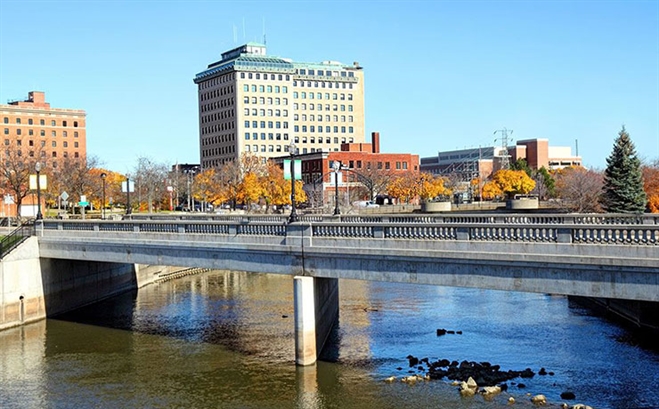Register of Deeds Aids in Water Crisis
July 23, 2020 by Meredith Trimble

The well-known water crisis in Flint, Michigan, began after a change in the city's drinking water source. This severe public health crisis that began in 2014 resulted in lead poising, Legionnaires' Disease, and unusable cooking and washing water in homes and businesses. The corrosive water from the Flint River further damaged industrial pipes — damage that was irreversible even after the water source switched back to the safe and clean Lake Huron. Damaged pipes meant continued contaminated water.
In this context of ongoing pipe replacement, a unique pain point arose. The many individuals buying or selling homes in Flint needed a way to know if the pipes that serviced those homes had been replaced. There was just no easy way to tell.
The Genesee County Register of Deeds stepped in to solve the problem with a creative software adaptation. Through a new project, the Register's office allows an affidavit of lead pipe remediation to be recorded on each city land record. The affidavits cover all properties affected by contamination and constitute official, legal publications that list the properties' legal description, address, and parcel number, in addition to pipe work details. To make the information even easier to find, the county added lead pipe remediation to its technology system's notification and search functionalities. Anyone searching Genesee County land records can quickly see if a specific property has undergone lead pipe remediation.
The new notifications and affidavits provide homebuyers with essential pipe remediation information. The project also fosters new collaboration between the City of Flint, Genesee County, and the state of Michigan, creating a lasting connection that will better serve constituents well into the future.
The Genesee County Register of Deeds won a 2020 Tyler Excellence Award for instituting this innovative project to serve its constituents with modern technology. The creative solution also serves as an example to counties nationwide who may face environmental or other disasters in the future in leveraging existing technology for notification and transparency.